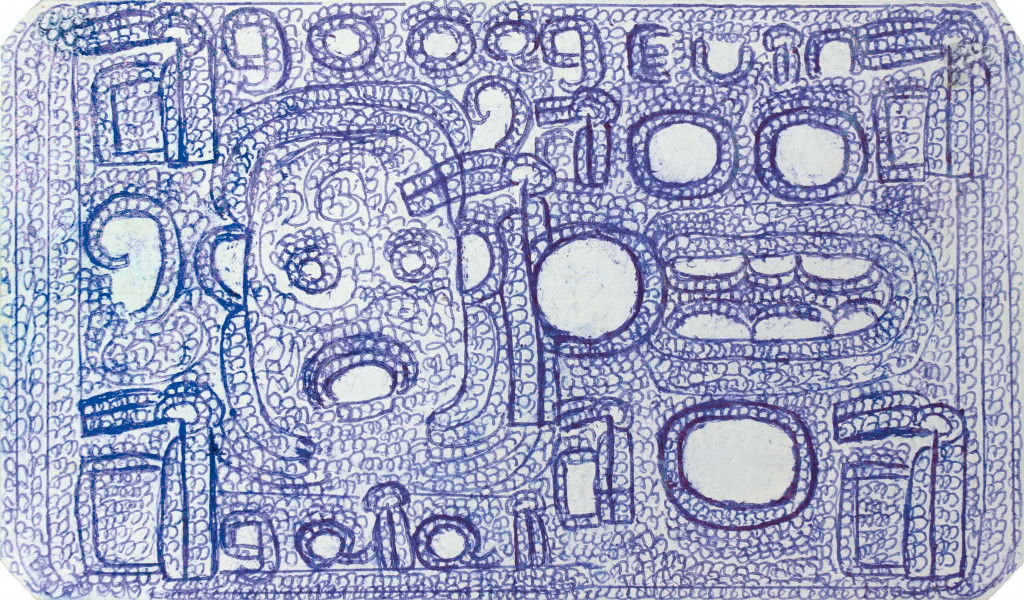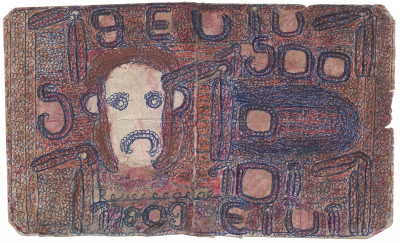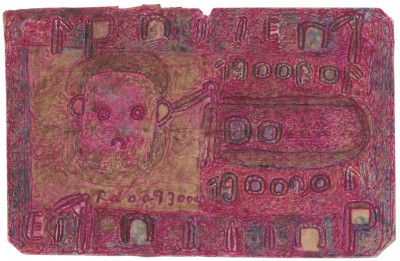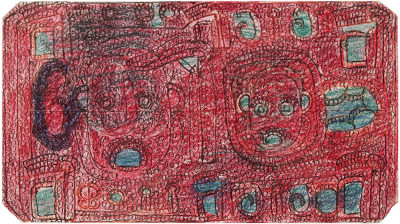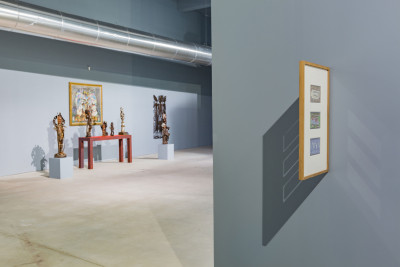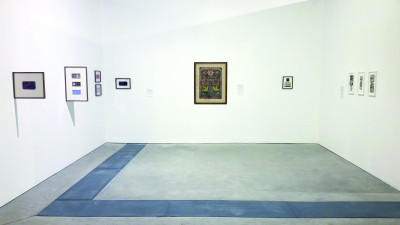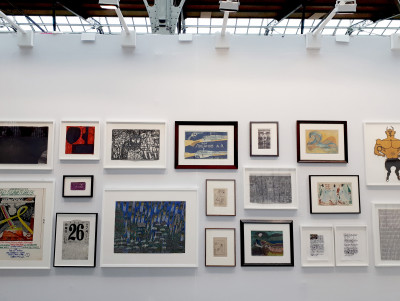Raimundo Camilo
In a reminiscent of his past financial difficulties, Raimundo Camilo, a modest Brazilian worker interned in a psychiatric hospital, began drawing imaginary banknotes. Made of makeshift materials, such as wrapping papers and prints from the administration, he offered them to hospital staff, especially women. The artist who claimed not to make art, but simply “his duty” is today in the museum collections of LaM (France), at the Museu Oscar Niemeyer (Brazil) where he was exhibited with Bispo do Rosario, and in the private collection of the artist Arnulf Rainer (Austria).
Raimundo Camilo was born in the state of Ceará in north-eastern Brazil in 1939 or 1943, depending on the source. He left his home region at an early age to work in Rio as a “slave”, as the Brazilian expression has it, taking menial jobs on building sites, in kitchens, and so on. He broke off from his old life as a result of one of these jobs, when one of his employers failed to pay him his due, forcing him to begin eking out a precarious existence on the streets of Rio. He ended up in the Colonia Juliano Moreira psychiatric hospital in 1964, and never left.
One of his fellow patients, Arturo Bispo do Rosario, later became the leading representative of Art Brut in Brazil. Haunted by his past difficulties, Raimundo began kneeling by his bed to draw his own bank notes. He uses whatever media came to hand, from paper packaging to administrative forms, and makes his own colours using materials such as coffee. The head on the front of the bank notes represents either a king or a cangaceiro bandit. He willingly shares the notes with his favourite members of hospital staff, particularly women. He claims not to be producing art, but rather doing his job.
The Brazilian cultural authorities have become increasingly aware of the significance of his creations in recent years, and they have been featured in several exhibitions and a catalogue. His works have recently been acquired by the Lille Métropole Museum of Modern, Contemporary and Outsider Art and were exhibited in 2005 at the museum Oscar Niemeyer (Brésil). He was first shown in Europe at Christian Berst’s gallery “objet trouvé” in 2008.
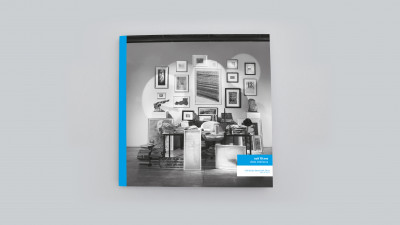
Preface : Stéphane Corréard
Foreword : Christian Berst
Catalog published to mark the exhibition preTENse, from September 12th to October 10th, 2015.
